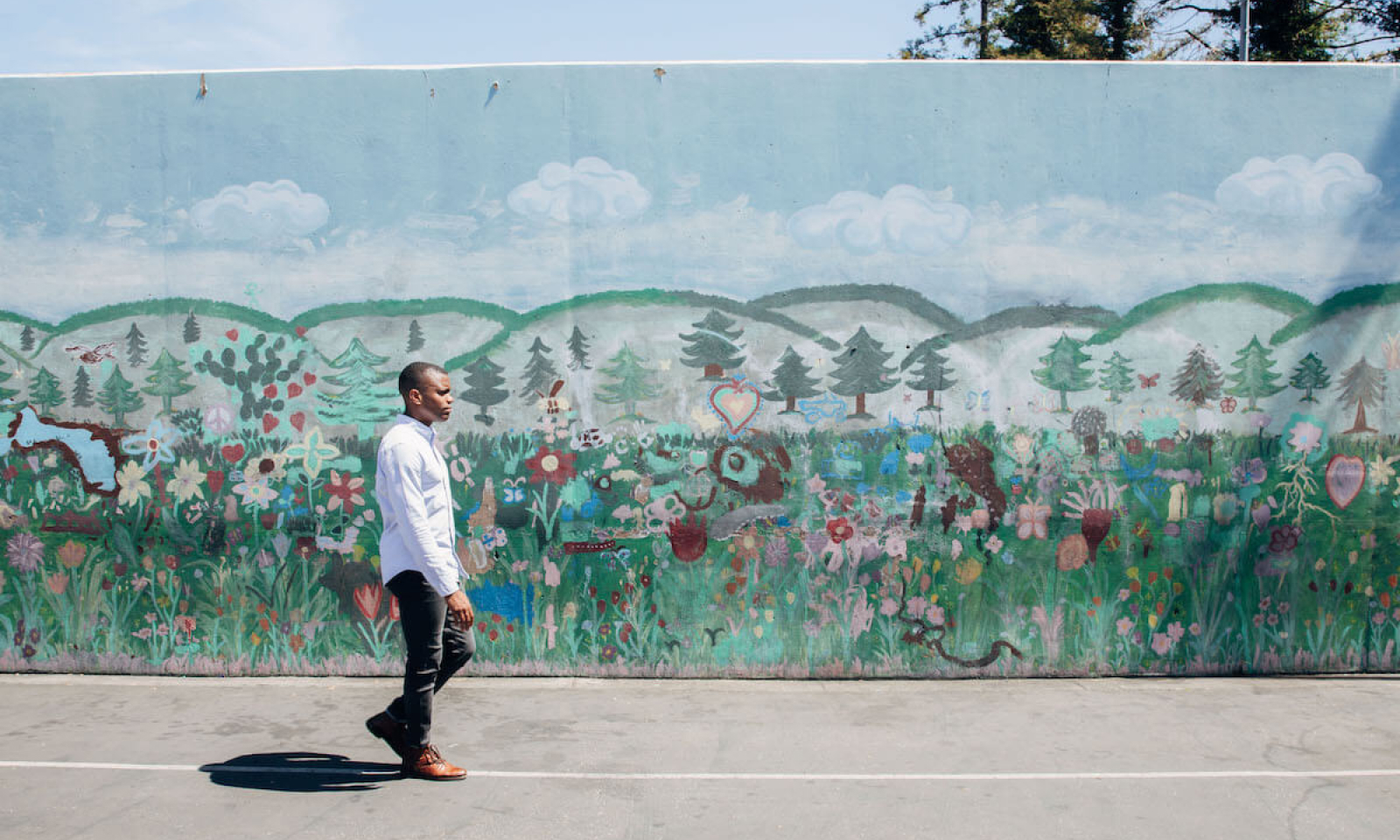Jun 28, 2019 · 5 min read
In Service of My Community

My brothers and I walked into our kitchen to find a pile of white lunch boxes waiting to be assembled on the kitchen counter. The boxes were stacked next to my mom, who was masterfully throwing ingredients into a massive pot on the stove. We were quickly put to work—first, assembling the boxes, then filling each with a serving of pelau, a traditional Caribbean dish my mom spent the morning cooking. We loaded the boxes into the car, then spent the afternoon driving around San Fernando, a city in my home country of Trinidad and Tobago, talking and sharing homemade meals with individuals experiencing homelessness. I was eight, and it was the first time I can remember being of service to my local community.
A few decades later, I found myself sitting in a room at Haven House, a local shelter in Menlo Park, CA, listening to the stories of families and young people experiencing homelessness. I remembered and reflected on that experience and was flooded with gratitude for my mom, who instilled in my brothers and me the importance of giving back at a young age. I was also confronted with how limited my understanding of homelessness was, and the extent to which I had formed an incomplete picture based on experiences like the one I had with my family. I had a lot to learn.

My Learning Journey
As an immigrant to America and transplant to the Bay Area, the community welcomed me with open arms. I was eager to work on some of the pressing challenges in my new home.
This journey showed me that tackling homelessness and housing instability is paramount to making the Bay Area a thriving community for all.
This led me to help launch the Community Team at CZI, focused on supporting our neighbors in building a thriving community for all residents, especially the most vulnerable. In launching the team, we asked two key questions: what are the most pressing challenges in our backyard, and how is CZI uniquely positioned to support the community in tackling those challenges?
To help answer these questions, I spent a year learning from my neighbors. I met with families and young people across San Mateo County impacted by issues ranging from immigration and juvenile justice to food insecurity and healthcare. I joined ride-alongs with police officers, spent time in local school communities, listened to residents struggling to find safe and stable housing for themselves and their families, and engaged with frontline staff working across a spectrum of issue areas. I listened to their stories, their struggles, and their solutions. Through that experience, learned three lessons.
- Concerns about safe and stable housing are top of mind for Bay Area residents.There are more than 2,000 school-aged youth experiencing homelessness in San Mateo County. Housing instability and the fear of experiencing or returning to homelessness quickly emerged as a running theme throughout my conversations in the community. Rightfully so. A lack of affordable housing is a risk factor for homelessness, particularly for families who devote more than 50% of household income to rent. As of 2017, more than 24% of renter households in San Mateo County are severely rent-burdened. Additionally, homelessness has particularly harmful effects on children and youth, including hunger, poor physical and mental health, and missed educational opportunities.
- Homelessness does not have one face. It has several, and many are “invisible.”Like many, my understanding of homelessness was shaped by its visible manifestation— individuals sleeping on the sidewalks, panhandling in the streets, and standing in line at soup kitchens and shelters. Unfortunately, there are many forms of homelessness and housing instability that we rarely see: families, who are technically “housed,” living doubled and tripled up in overcrowded, unsafe homes, motels, and garages, and students living in cars and bouncing around from couch to couch, doing everything in their power to stay off the street.We know that one of the best predictors of experiencing homelessness as an adult is having experienced it as a child. However, it’s hard to identify families who are unsafely and unstably housed, making it difficult to understand their needs and provide them with appropriate services before they fall into homelessness.
- Our community is resilient, and its residents should be at the center of their own solutions.Despite all the challenges faced by families and young people experiencing homelessness, I was able to witness the strength, resourcefulness, and resilience of our community. In focus groups with families across San Mateo County, conversations rarely remained centered on their individual challenges. Instead, they recommended improvements to the system, in hopes of preventing others from having similar experiences. I watched as families turned to one another for advice, finding solutions informed by their own lived experiences, and felt incredibly hopeful at the possibility for change.

I still have a lot of listening and learning to do. This journey showed me that tackling homelessness and housing instability is paramount to making the Bay Area a thriving community for all. I didn’t know it then — when I was eight years old and preparing meals for my community in Trinidad and Tobago — but my mom was teaching me a lesson that would have a profound impact on my life, and eventually, my career.





